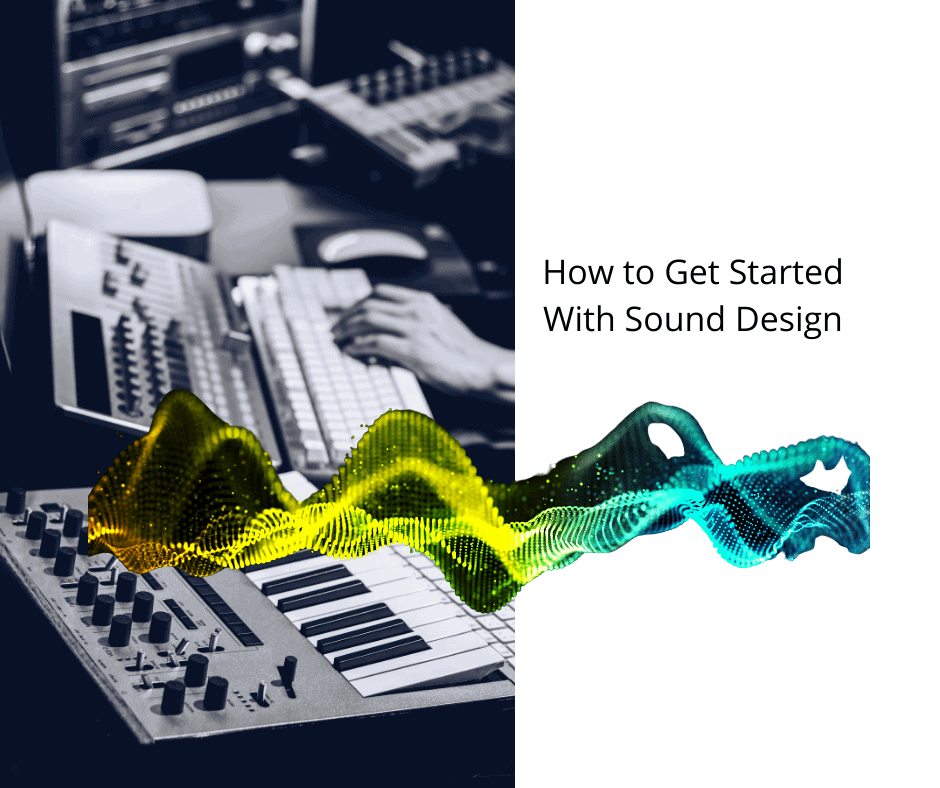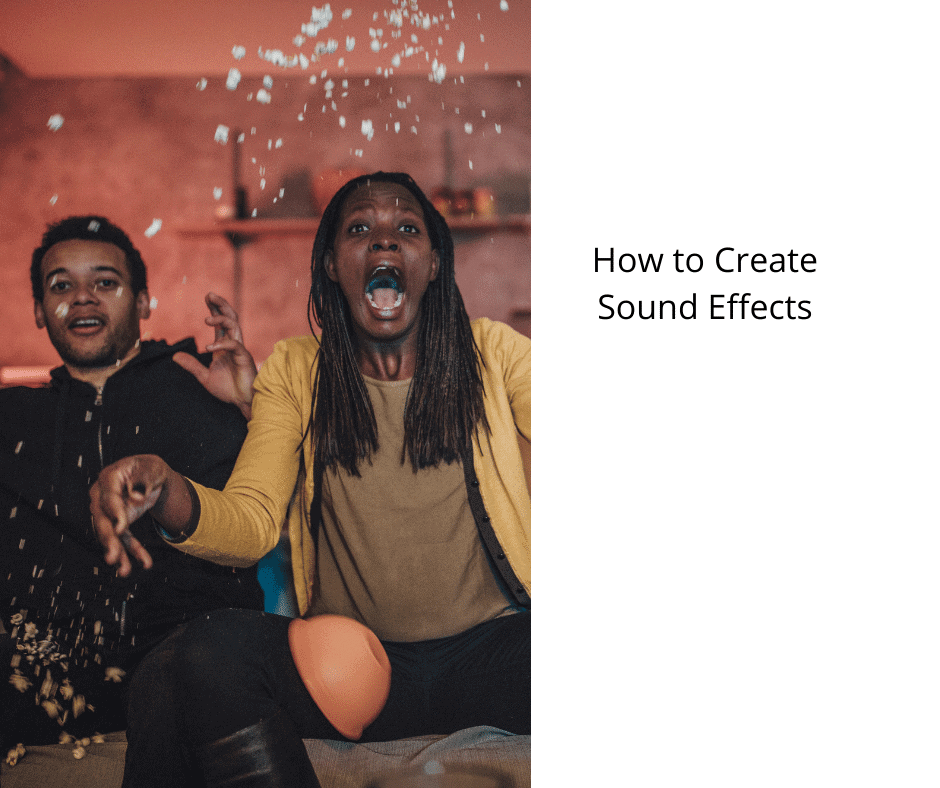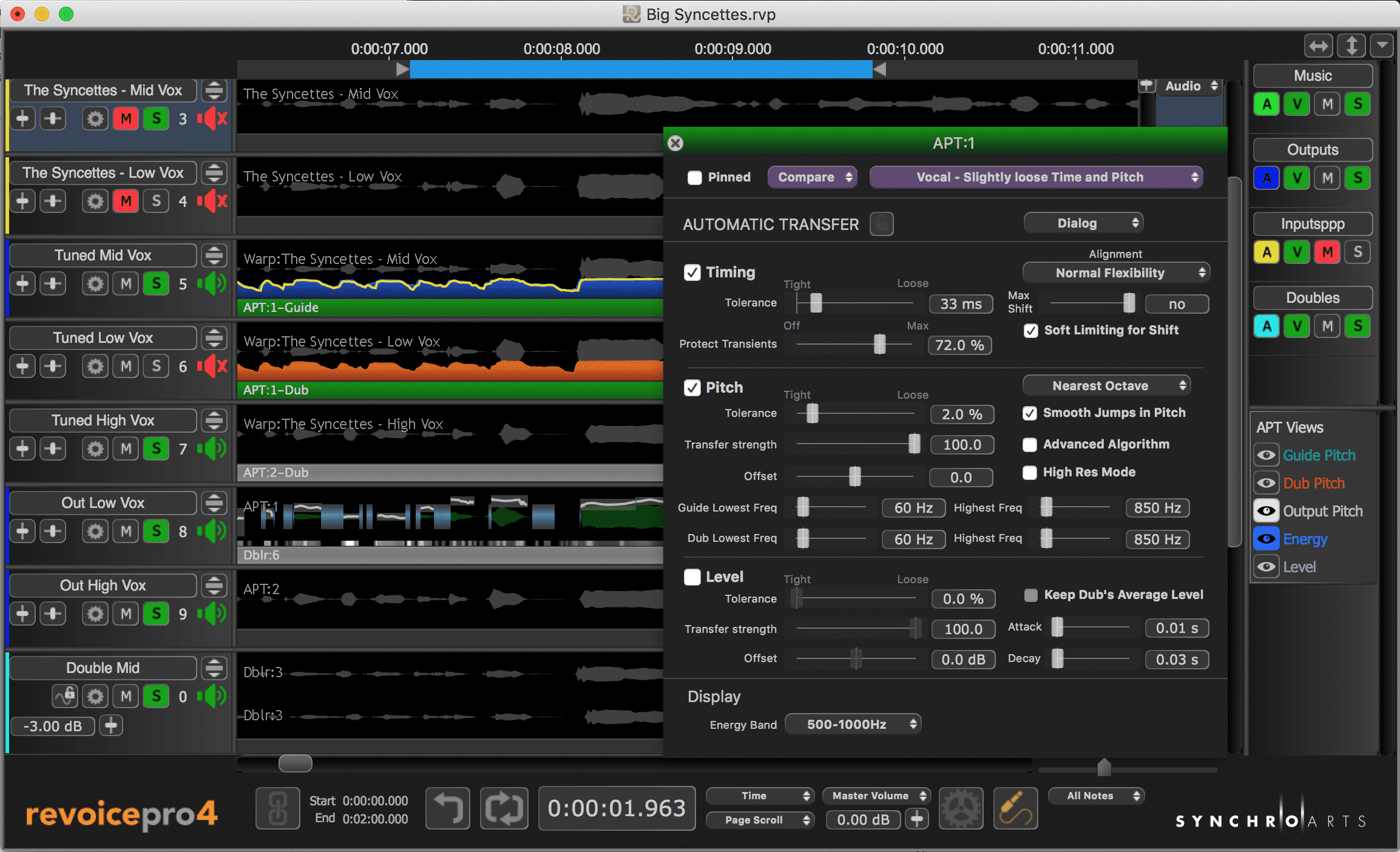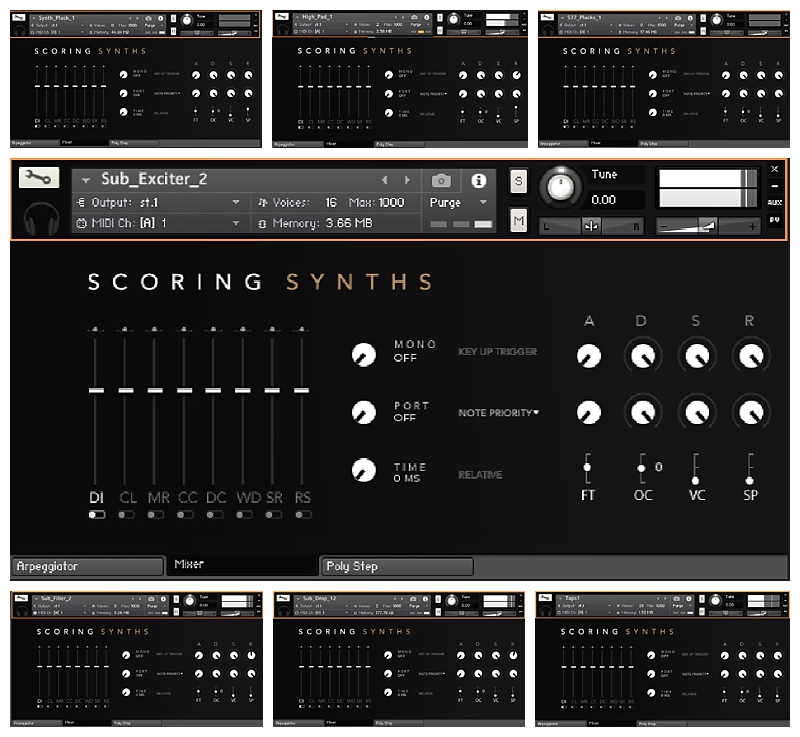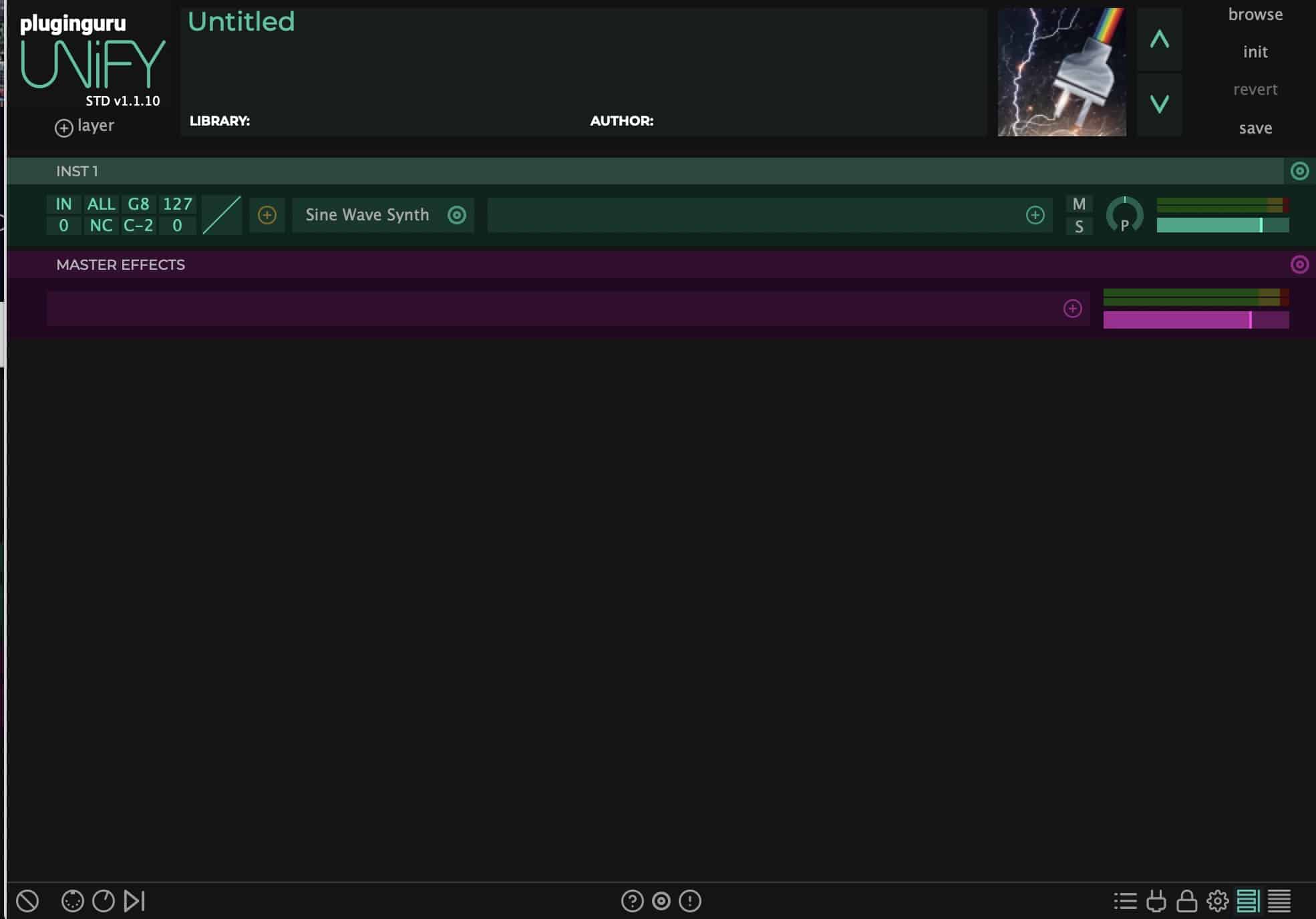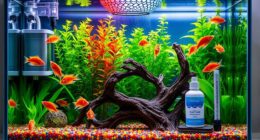When thinking about how to get started with sound design, there are several important aspects to consider. These include techniques, equipment, process, and goals. Keeping these things in mind will help you achieve success and become an excellent sound designer. Below are some of the steps you can take to get started with your own sound design projects.
Techniques
Sound design techniques are a crucial part of audiovisual productions from films to games. It is vital to understand the role of sound in establishing the mood of a piece. A movie without sound can lose much of its emotional impact and make the events on screen seem distant. Contemporary gaming uses film sound as its main source of sound. For this reason, game sound should be as cinematic and immersive as possible.
Sound designers can create realistic sound effects and enhance the overall impact of a scene. They can also help the audience to feel or express certain emotions. Sound design is best done ahead of key scenes. This allows you to eliminate options that might not work at the right time, and surprise your audience with subtlety.
Sound design is not an easy process, but it is essential for a successful film or television production. Even if you don’t have extensive experience in this field, you can learn from the advice of seasoned professionals. This is a field that rewards creative minds with plenty of opportunities. You can make a living using your creativity and work with some of the best productions in the world. There are various sound design career paths that you can explore, from working as a freelance sound designer for independent projects to joining a sound design team at a major studio. With the right skills and determination, you can carve out a successful and fulfilling career in sound design. By continually learning and experimenting with new techniques and tools, you can stay at the forefront of the industry and make a name for yourself as a sought-after sound designer.
You may need different techniques depending on the type and purpose of the audio production. You may also want to use non-diegetic sounds in order to convey information about your character. To emphasize the feeling of being burned, you could use a “scorching sound”.
Equipment
Sound designers can use a variety of equipment to create their audio effects. They can also use editing software, microphones and time-based effects. Sound designers used to work in studios in the past. However, today 95% of their work can be done online. It is essential to have a portable main-rig. Buy a high-quality laptop. Avoid cheap PC models as they usually have poor build quality and audio performance. Many sound designers use an Apple MacBook Pro and similar Macs.
Softwares that process sounds procedurally are now available. Sound morphing, infinite multiplication and granular synthesizing are just a few of the options. Interactive audio engines are designed for video games and other applications that require immersive sound. You can also mix sounds randomly by changing their volume or pitch. This allows sound designers to create infinite sound effects from two sounds.
Professional sound designers often use high-quality microphones for their audio sessions. They prefer microphones with a flat response curve and high-frequency capabilities so they can manipulate sounds without any artifacts. They usually record their audio tracks at 192KHz or higher and edit them with programs such as Pro Tools, Nuendo, or Wwise. They also use FMOD to manipulate their recordings.
Sound designers can work show-by-show. Some have a fixed fee structure, while others charge based on the work they do. Their rates vary, depending on the type of auditorium and the project size. A good sound designer may be charged higher than a less-experienced designer.
Process
The Process of Sound Design involves using different elements to create an original sound. Sound designers often combine these elements to create a new sound. A film may require sound to make a scene look realistic. Sound design is part the post-production process. This means that it involves both audio and video recordings.
Sound designers often work with a signal flow diagram (SFD), which represents all the components in a sound system. A signal flow diagram can be created early in sound design and is vital for the successful installation of multichannel sound systems. Software that allows sound designers to visualize their final sound design can also be used.
Sound designers must create a conceptual framework before beginning to work on a film. During this step, they should learn about the different types of sounds used in productions and how they contribute to the story. They also need to learn editing and effect processing techniques. Their ultimate goal is to tell a compelling story using sound.
The Process of Sound Design is a complex one that involves blending and manipulating audio elements for varied purposes. Sound designers can create sound effects, background sounds, dialogue, and many other things. They can work in a team or independently on smaller projects. Not all sound designers are also composers.
Goals
Sound design involves the creation of a variety of sounds that can be used in different environments. Sound design can help you achieve many goals. A sound designer can use both canned and live sounds. The tools used depend on the purposes of the project.
Sound designers use audio to enhance the production and create a mood. The goals of sound designers are similar to lighting designers. They aim to create an auditory environment that enhances production. As a result, their work can help establish place and time, and even add a certain kind of action or emotion to a story.
Background noise
It is important to consider both the frequency range and dynamic range of the noises you are using when creating a sound design. Psychoacoustics says that different sounds are easier to distinguish in different frequency ranges. This can be achieved by pitching two sounds higher or lower in different parts of your audio track. Subtle ambience, for example, should be pitched higher in quiet areas and lower in noisy ones.
The background sound level of most buildings is determined by the mechanical systems used to circulate supply and return air. This creates air turbulence noise, which most engineers try to minimize. However, measured background noise levels vary widely from room to room. Some rooms have background noise levels close to the maximum level, while others are much lower.
Ambient noise adds realness and helps the audience understand the scene. Although ambient noise is usually quiet, it is essential because it helps the audience to understand the setting. A scene without it would lack authenticity and naturalness. On the other hand, a silent scene would lack suspense and tension as well as realism.
Special effects
Special effects are used in sound design to create a variety of sounds. They are often used in science fiction, fantasy, and cartoon productions to enhance storytelling. A sound effect can invoke a space transporter, a genie’s lamp, or a giant purple person-eating cartoon animal.
Sound effects are created by using artificially generated, processed sounds to create a sense of presence and form the world shown in a film or TV series. They can mimic real-world sounds such as fire sirens and crowd noises. They can also be used to immerse an audience in the appropriate environment, making them participants instead of mere spectators.
Sound effects have merged with sound design since the late twentieth century. There are two main types of sound effects in cinema: soft and hard. Hard sound effects are obvious to an audience, such as weapons or doors being pressed. Background sound is the second type of sound effect. This includes background noises that are not easily understood, such as people talking behind you. These types of noises are often referred to as ambiance.
Mixing and matching sounds can create many different sound effects. Changing the pitch or speed of sounds will give a different effect. Sound designers can also alter sounds to create an emotion.

